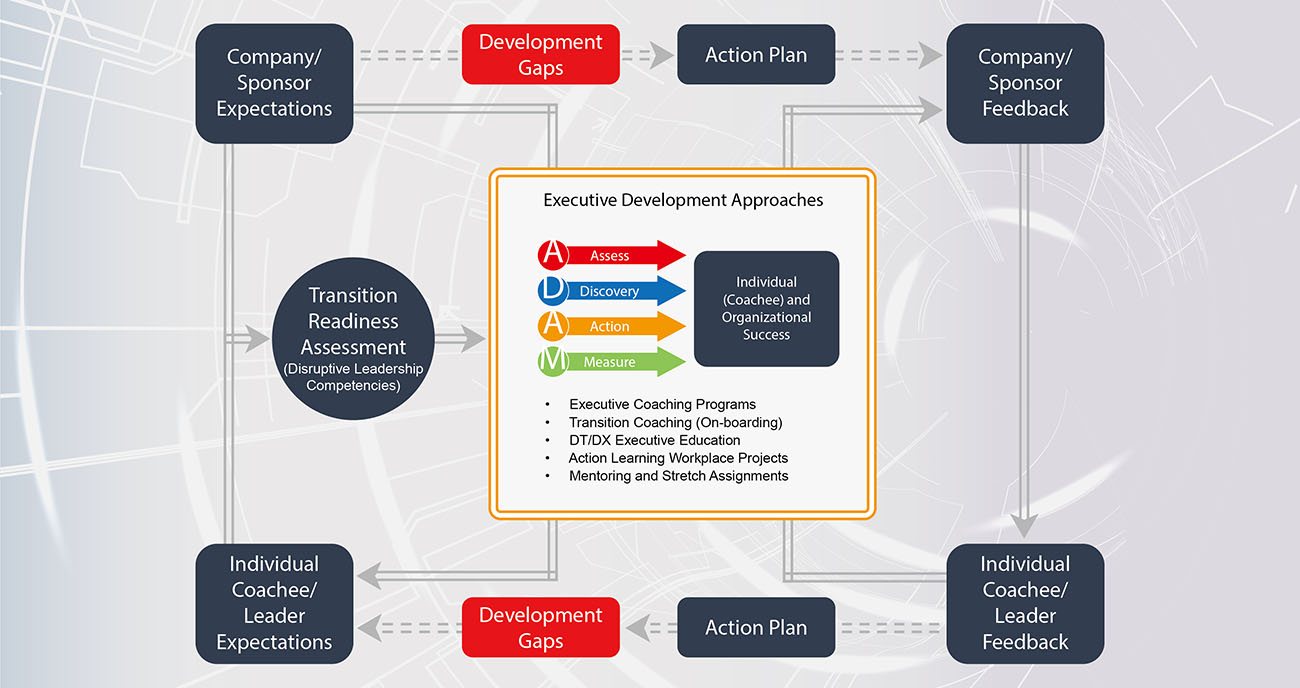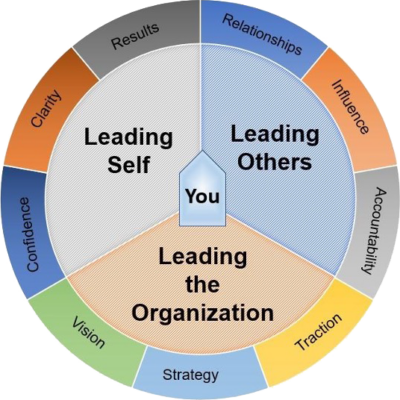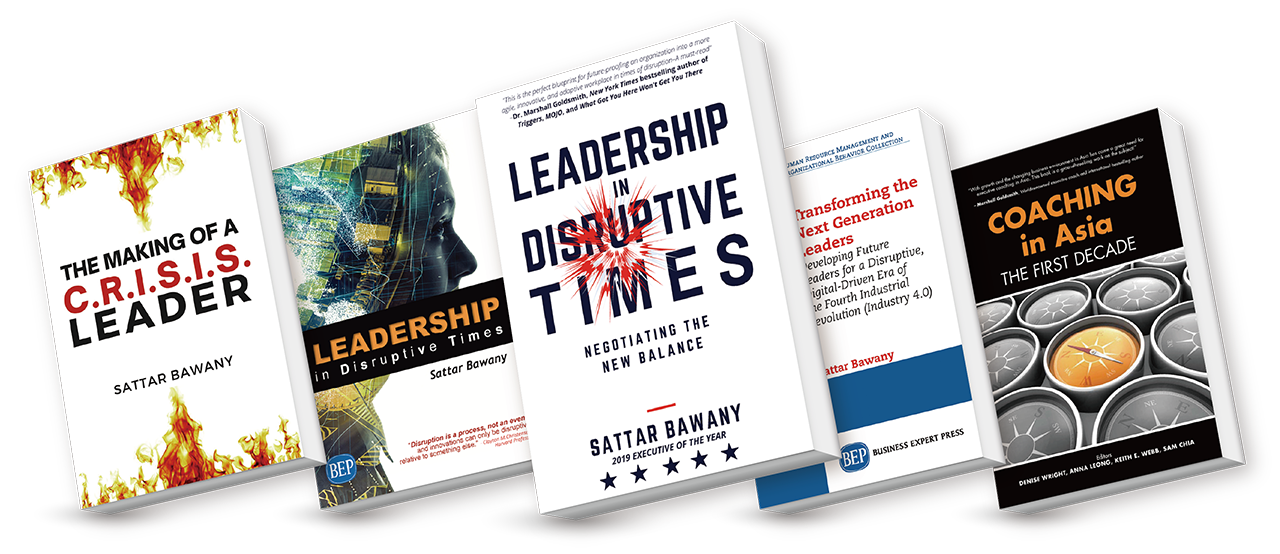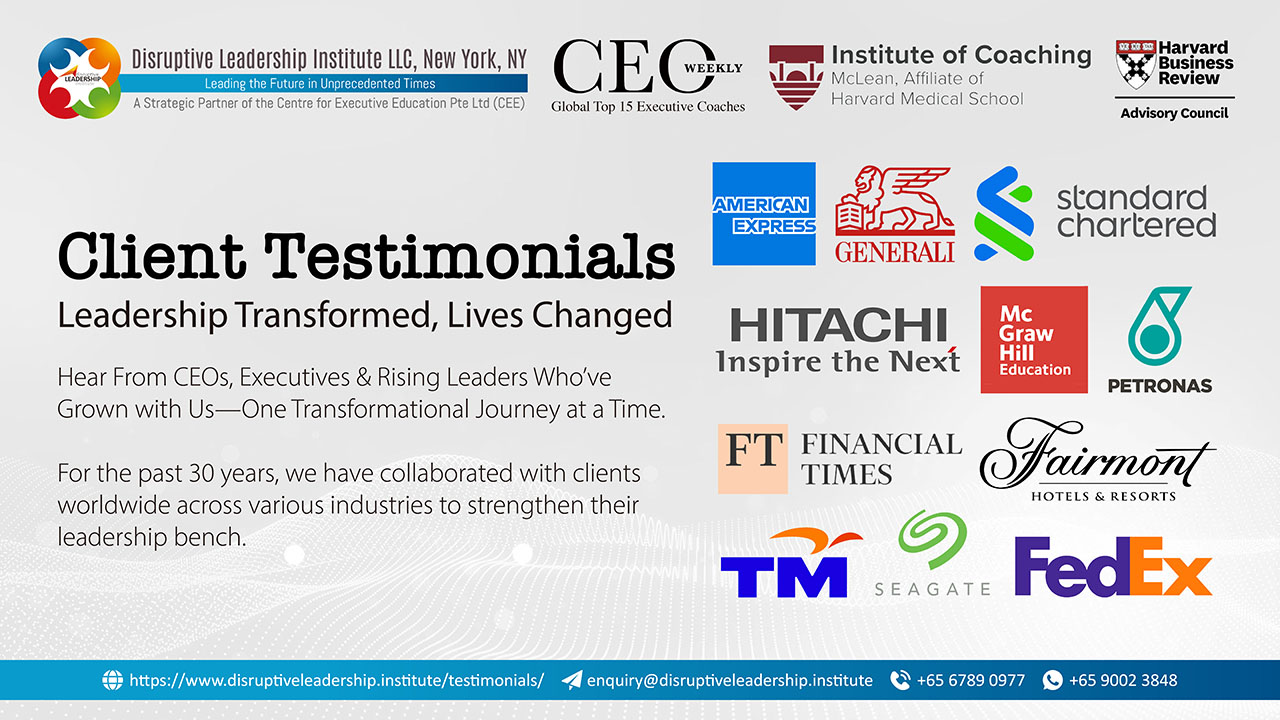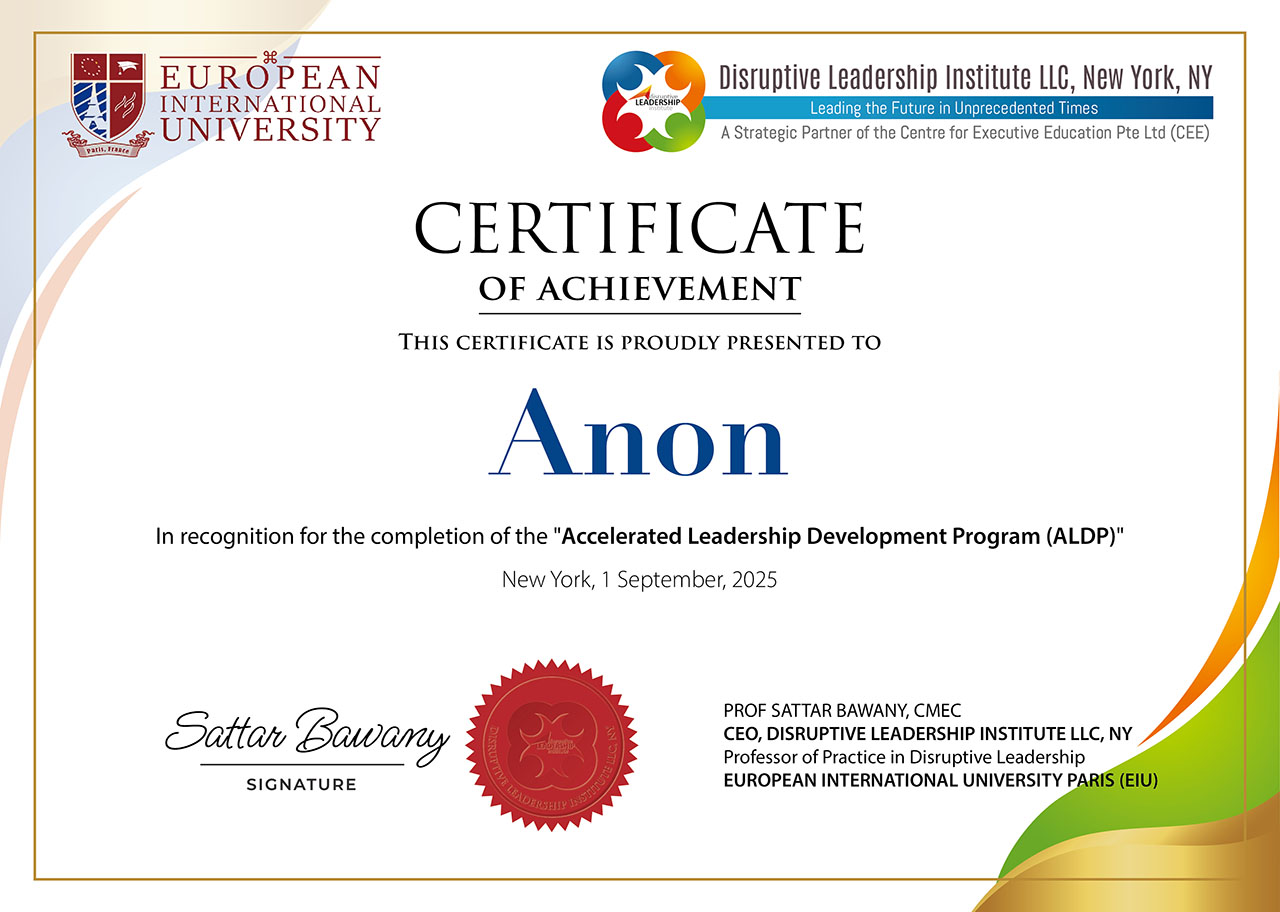Talent management represents an organization’s efforts to attract, develop, and retain skilled and valuable employees. The goal is to have people with the capabilities and commitment needed for current and future organizational success. This includes the high potentials who are the “nextgen” or future leaders. An organization’s talent pool, particularly its high-potential managerial talent, is often referred to as the leadership pipeline.
A leadership pipeline is expected to deliver the “next generation” of leaders. The payoff is a supply of leadership talent that simultaneously achieves targets, strengthens and protects ethical reputation, and navigates transformational change in pursuit of a bright, competitive future.
In a highly disruptive, digital, and VUCA-driven era of the Fourth Industrial Revolution (also known as Industry 4.0), these upcoming leaders need to have a broader skillset, one that equips them to think and act globally. Conventional leadership development practices are no longer adequate. Organizations globally need to incorporate the next-generation leadership competencies to address the development needs of their upcoming leaders.
Baby boomers are stepping into retirement in growing numbers. This means that companies are starting to lose institutional knowledge and experience, not to mention an entire section of leadership. While there is still time to get younger generations of high-potential employees up to speed on managerial leadership tasks, it is crucial to remember that executive development, including training and coaching, is not something that should be an afterthought but a carefully planned and calibrated strategy to ensure the sustainability of the organization.
The current leadership needs to identify potential leaders and allow them to make decisions about important tasks while coaching and mentoring them through the leadership challenges that the baby boomers have been through. Preparing for an effective leadership transition will ensure that potential pitfalls are foreseen and avoided, making way for a smoother change of hands later.
The Transition Coaching™ Framework (See Figure 1), developed by the Centre for Executive Coaching (CEE) with the complete transition coaching process provides newly promoted HiPO leaders with the guidance to take charge of their new situation, achieve alignment with the team, and ultimately move the business forward (Bawany, 2023)
The “transition readiness assessment” is designed for the evaluation of the best practice leadership competencies that HiPO leaders must demonstrates, which includes the ability to envision the future, agility, ESI skills such as empathy and relationship management (social skills), cognitive readiness, critical thinking, engagement, agility and adaptability, innovativeness and courage to experiment, and resilience, among others.


